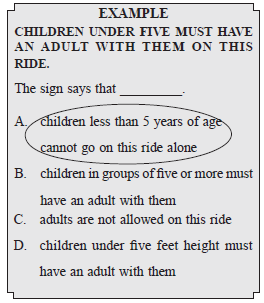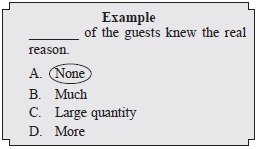Post Your Answer
Post Your Answer
Post Your Answer
Post Your Answer
Post Your Answer
Ans 1: (Master Answer)
Class : Class 1
The correct answe is C
Madame and Monsieur Curie __were given______ the Nobel Prize for Physics in 1903.
Post Your Answer
Post Your Answer
Ans 2:
Class : Class 4
The answer should be B because we throw sword, arrow and javelin but we do not throw a shield. So the answer should be B that is shield.
Ans 5:
Class : Class 9
No, the answer is B. Arrow, Sword and javelin are sharp objects used to attack. Shield is used to defend. hence the odd word is shield




